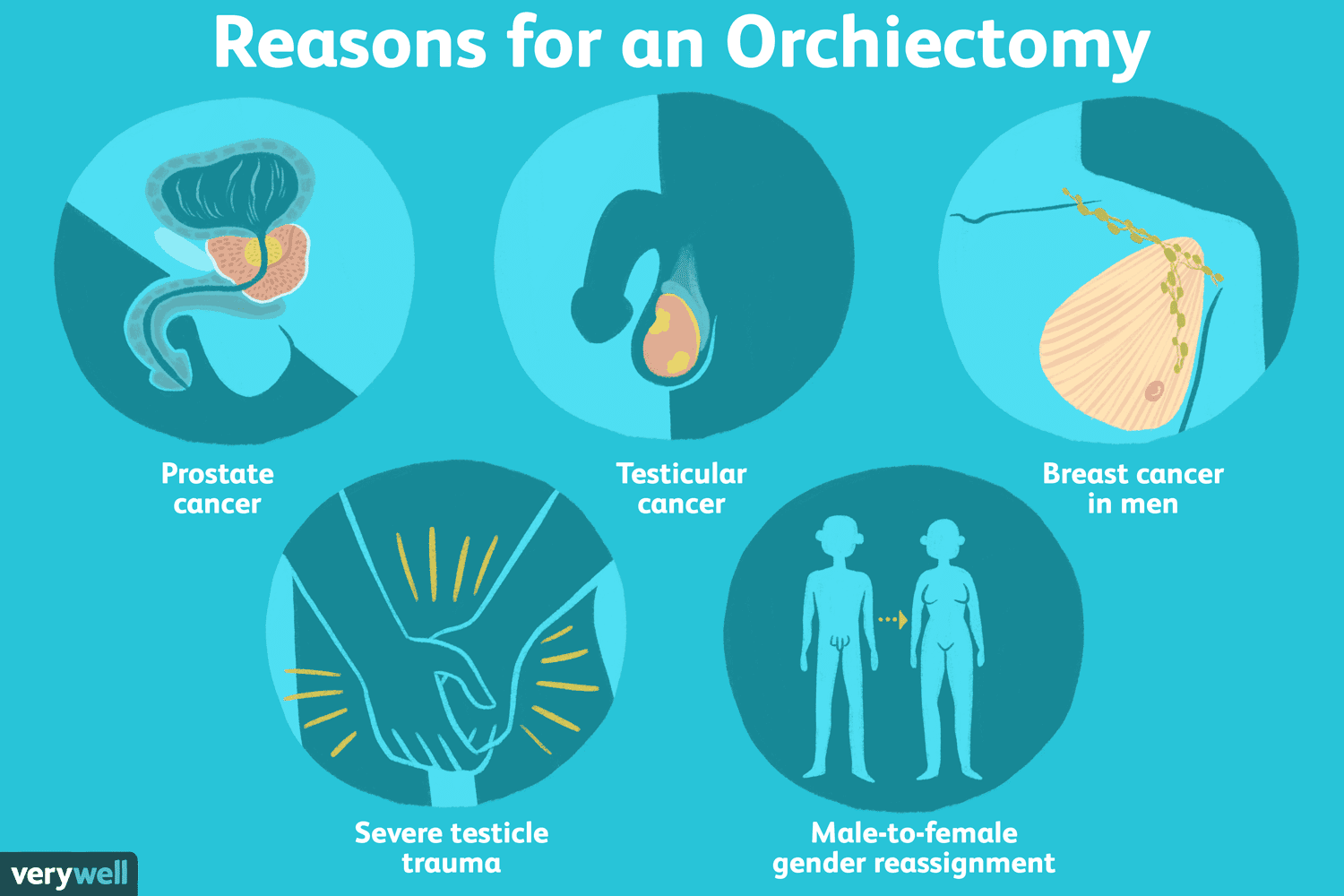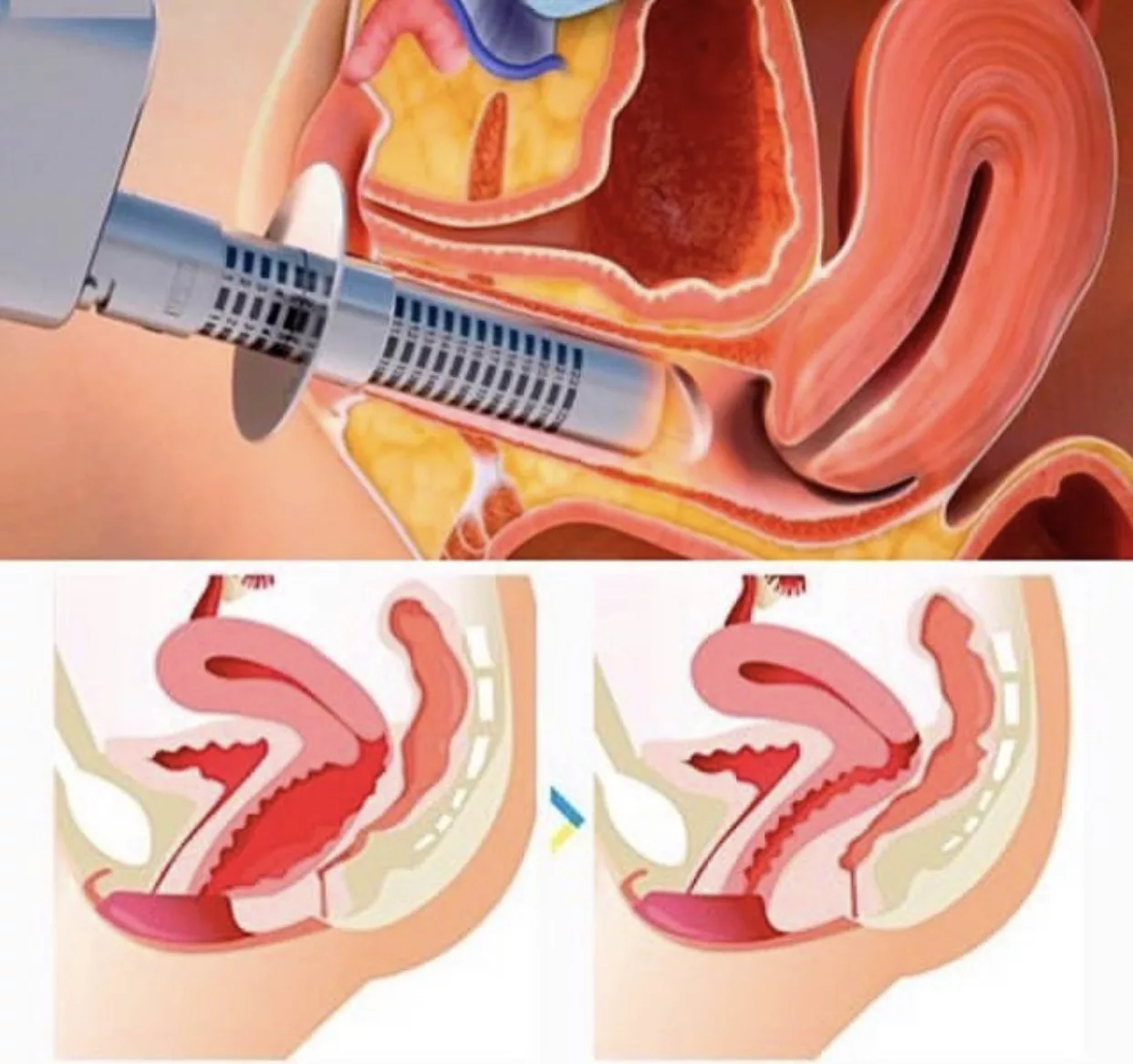As a transgender individual sharing my experiences and knowledge with my peers, I understand how vital it is to have clear and accurate information about gender-affirming surgeries. Here’s a guide based on my understanding and research:
Understanding Gender-Affirming Surgeries
For My Transfeminine Friends:
Orchiectomy:
-
- This is a surgery where the testicles are removed. It’s a minor outpatient procedure.
- It’s done through a small incision in the scrotum.
- This surgery can make future vaginoplasty easier and might reduce the need for some hormone therapies.
- Recovery usually takes about two weeks.
- If you’re considering preserving fertility, semen banking before the surgery is an option.

Vaginoplasty:
-
- This surgery creates external female genitalia, and you can choose to have a vaginal cavity or not.
- A common method uses inverted penile skin to create a vagina.
- The goal is to achieve both functional and aesthetic results.

For My Transmasculine Buddies:
Phalloplasty:
-
- This is a complex surgery to construct a penis, urethra, and scrotum, and it often involves closing the vaginal cavity.
- Tissue is typically taken from other parts of your body, like the forearm or thigh.
- You can also opt for prosthetics, like testicular implants or an inflatable penile prosthetic.
Metoidioplasty:
-
- This procedure uses the growth achieved from testosterone therapy to form a small penis.
- It includes constructing a urethra and can also involve creating a scrotum with prosthetics.
- Hysterectomy, vaginectomy, and oophorectomy can be done in conjunction with this surgery.
Hysterectomy and Salpingo-Oophorectomy:
-
- These involve removing the uterus, cervix, Fallopian tubes, and ovaries. They can be done using minimally invasive techniques.
Vaginectomy:
-
- This is the removal or closure of the vaginal canal.
Additional Support Services
- Pelvic Health Physical Therapy:
- This therapy can help address issues caused by gender-transition practices like binding or packing.
- It’s beneficial both before and after surgery to help with scar tissue and improve overall physical function.
- Care Coordination:
- Navigating the healthcare system can be challenging, so having a care coordinator can be a huge help. They assist with referrals, insurance issues, and finding supportive services.
Preparing for Surgery
- Consultations are crucial to understand each procedure, recovery expectations, and potential complications.
- Keeping your health records updated and bringing necessary surgery letters (as per WPATH standards) to your consultations is important.
Privacy and Respect
- Remember, your privacy is paramount. No surgical photos should be shared without consent.
- Following WPATH Standards of Care ensures that the procedures and care you receive are up to the latest professional standards.
Final Thoughts
Every step in our journey is unique and deeply personal. It’s important to gather as much information as possible and consult with healthcare professionals to make informed decisions that are right for you. Remember, you’re not alone in this journey, and there’s a community here to support you.